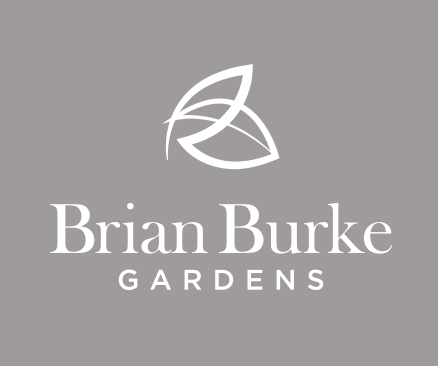Every summer, the last week of July, the good folk down in Carlow Tourism stage the Carlow Garden Festival. This year in fact it ran for nine days, from July 21st to July 30th. The idea is to stage at least one event on each of those days whether it be a talk, a presentation, workshop, question and answer session, guided walk. The events are delivered by an impressive array of well-known gardening personalities most of whom we would have encountered at some stage via radio or television here or in the U.K.

An interesting strand to the event is the way in which the organisers exploit Carlow’s impressive gardening infrastructure to deploy as settings for the events. For a small county, they are well endowed in this area; there is Leighlinbridge itself, Huntington Castle and Gardens, Rathwood, Delta Sensory Gardens, Altamont Gardens, Kilgraney House, Hardymount Gardens, Borris House.
Typically, the ’marquee’ act happens on the first Saturday night in the Arboretum Garden Centre in Leighlinbridge. Last year in this slot we had Diarmuid Gavin and the year before that it was Monty Don, both of which I was at. This year Monty was back. But, just like at a festival when invariably the more interesting stuff is to be found in a small tent in the woods well away from the main stage, this year I decided to go for something a little more off beat.
Now despite being the Carlow Garden Festival one or two of the events invariably spill over the borders into surrounding counties. This was the case last Sunday with the visit of David Rae to Burtown House and Gardens in Athy, Co. Kildare. Now I have heard a lot about Burtown, about the Green Barn and the fabulous garden but I hadn’t managed to pay a visit. Here was the perfect opportunity to put that right.
Dr. David Rae is Director of Horticulture and Learning at the Royal Botanic Garden Edinburgh. His presentation centred around the history and development of the garden in Edinburgh, how it evolved from humble beginnings to be one of the leading lights in international horticultural research and development. He explained the many roles that are filled by his staff from classification and taxonomy to cloning, grafting and propagating endangered species, to education and training, to acting as custodians for an incomprehensibly vast collection of material, to plant hunting and travelling the globe to retrieve threatened plants.
It was all interesting stuff. The presentation was entitled ‘Gardening in a Changing World’ and things got really fascinating when Dr. Rae began to focus on some of the changes he has encountered in Edinburgh, most starkly within the last decade. Changes that have indisputably been brought about by environmental changes which can only be attributed to one source; climate change.
Those of us who spend a lot of time outdoors would notice, in an almost anecdotal sort of way, subtle changes to environmental conditions. But it was instructive to hear this man, a horticulturist, who has the means and will at his disposal to study and analyse these things corroborate our hunches.
For example, where is all the drizzle gone? When I was a kid it used to drizzle a lot, for long periods. It doesn’t really drizzle anymore, it rains in powerful bursts. Granted these bursts can be quite close together but the protracted drizzle of yore seems to be a thing of the past. And this can cause a problem with moisture delivery for plants. Our total annual rainfall may be in or around the same but it is being delivered in a totally different way now.
Do you remember summer gales when you were younger? No neither do I, but we get plenty of them now.
And into this brave new world have come all sorts of brave new pests and diseases; ash dieback, agapanthus gall midge, sudden oak death, knotweed, giant hogweed, skunk cabbage.
They may not be the most charming bunch but soon enough I’ll have to get to know them all. Lamentably, according to Dr. Rae, they are all here to stay.

Leave a Reply